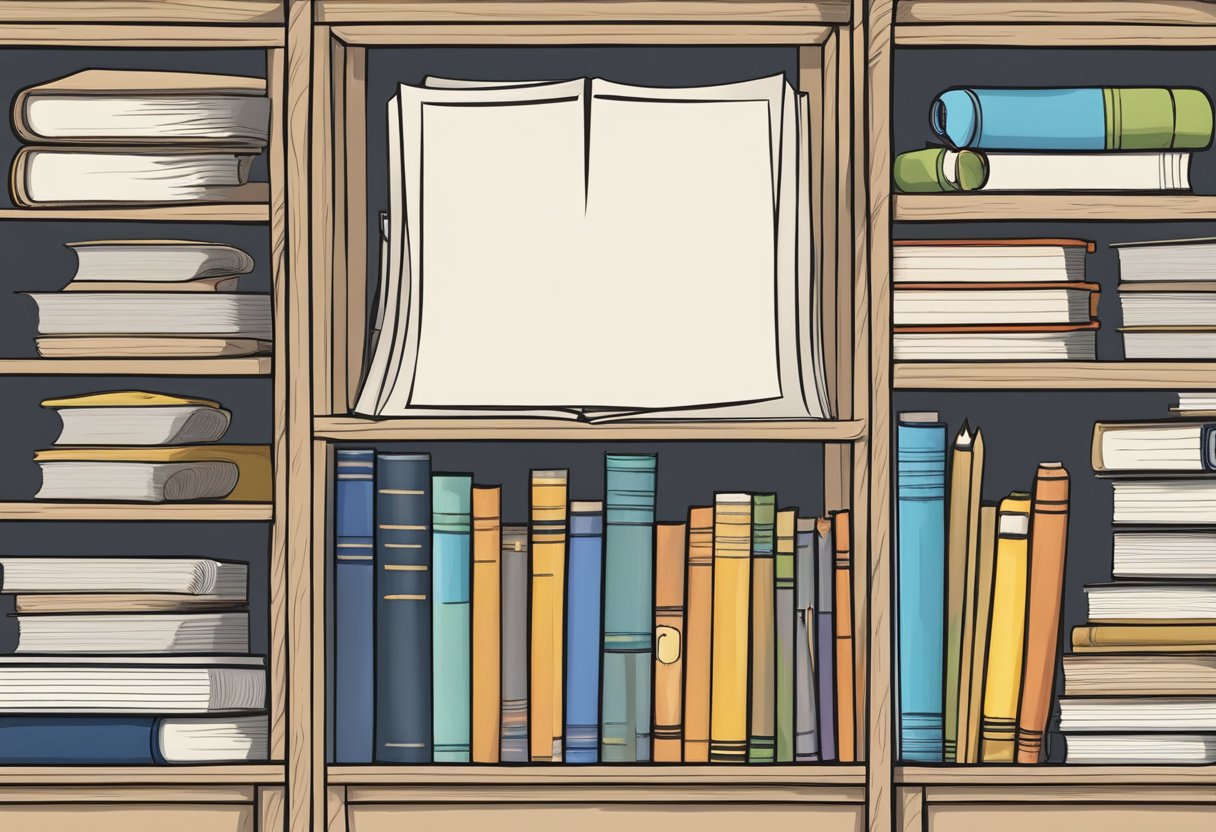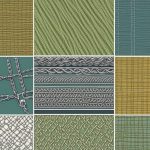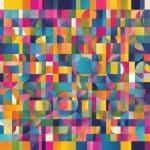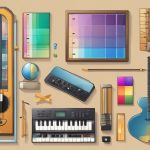Types Of Literary Devices
Literary devices are the building blocks of literature that writers use to create a special effect in their writing. These devices are techniques and elements used by authors to create narrative literature, poetry, speeches, or any other form of writing. From figurative language to narrative devices to poetic meters, literary devices are essential for enhancing the writing of any author.
Fundamental literary devices include figurative language, such as metaphors and similes, which are used to convey meaning and create vivid imagery in the reader’s mind. Sound and rhythm devices, such as alliteration and assonance, are used to create a musical quality in writing. Literary devices are also used in storytelling, such as foreshadowing and flashback, to create suspense and intrigue in the reader’s mind.
Language and wordplay devices, such as puns and irony, are used to add depth and complexity to writing. Advanced literary techniques, such as stream of consciousness and intertextuality, are used by experienced writers to create a unique and powerful effect in their writing. By understanding and using literary devices, writers can enhance their writing and create a more engaging and memorable experience for the reader.
Key Takeaways
- Literary devices are techniques and elements used by authors to create narrative literature, poetry, speeches, or any other form of writing.
- Fundamental literary devices include figurative language and sound and rhythm devices, while advanced literary techniques include stream of consciousness and intertextuality.
- By understanding and using literary devices, writers can enhance their writing and create a more engaging and memorable experience for the reader.
Fundamental Literary Devices

Fundamental literary devices are the building blocks of literature. They are used to create vivid imagery and to convey complex ideas in a simple and concise way. The following are some of the most commonly used fundamental literary devices:
Metaphor and Simile
Metaphors and similes are types of comparison used to describe something in a more interesting and imaginative way. A metaphor is a figure of speech that describes an object or action in a way that isn’t literally true, but helps explain an idea or make a comparison. A simile is a figure of speech that compares two things using the words “like” or “as.”
For example, “Her eyes were like stars in the night sky” is a simile that compares the brightness of her eyes to the brightness of stars. “His heart is a stone” is a metaphor that compares the hardness of his heart to the hardness of a stone.
Hyperbole and Understatement
Hyperbole and understatement are two opposite ways of exaggerating or downplaying something. Hyperbole is a figure of speech that uses extreme exaggeration to make a point, while understatement is a figure of speech that intentionally makes something seem less important than it really is.
For example, “I’ve told you a million times” is hyperbole, while “It’s just a scratch” when someone’s arm is cut off is an understatement.
Personification and Anthropomorphism
Personification and anthropomorphism are two ways of giving human-like qualities to non-human entities. Personification is a figure of speech that gives human-like qualities to inanimate objects, while anthropomorphism is the attribution of human characteristics or behavior to animals or other non-human entities.
For example, “The wind whispered through the trees” is personification, while “The lion roared with anger” is anthropomorphism.
In conclusion, fundamental literary devices are essential tools for writers to create vivid imagery and convey complex ideas. Metaphor and simile, hyperbole and understatement, personification and anthropomorphism are just a few examples of the many literary devices used in literature.
Sound and Rhythm in Literary Devices
Literary devices are techniques used by writers to create an impact on the reader. Sound and rhythm are two such devices that add depth and meaning to the text. They are used to create a musical quality to the writing, making it more engaging and appealing to the reader.
Alliteration and Assonance
Alliteration is a sound device where the same consonant sound is repeated at the beginning of two or more words in a phrase or sentence. It is used to create a musical quality to the text and to emphasize certain words or phrases. For example, “Peter Piper picked a peck of pickled peppers” is an example of alliteration.
Assonance, on the other hand, is the repetition of the same vowel sound in words that are close together. It is used to create a sense of harmony and musicality in the text. For example, “The rain in Spain falls mainly on the plain” is an example of assonance.
Onomatopoeia and Rhyme
Onomatopoeia is a sound device where the sound of the word imitates the sound it represents. It is used to create a sense of realism in the text. For example, “buzz”, “hiss”, “crackle” are all examples of onomatopoeia.
Rhyme is a sound device where the same sound is repeated at the end of two or more words in a phrase or sentence. It is used to create a sense of rhythm and musicality in the text. For example, “Twinkle, twinkle, little star, how I wonder what you are” is an example of rhyme.
Sound and rhythm are used in both poetry and prose to create a sense of musicality and depth to the text. They are powerful tools that can be used to engage the reader and create a lasting impact. By using alliteration, assonance, onomatopoeia, and rhyme, writers can add a layer of meaning to their work that goes beyond the words on the page.
Literary Devices in Storytelling
When it comes to storytelling, literary devices play a crucial role in conveying the author’s message in an effective and engaging manner. In this section, we will explore some of the most common literary devices used in storytelling and how they contribute to the overall narrative.
Foreshadowing and Flashback
Foreshadowing and flashback are two literary devices that are commonly used in storytelling to provide context and build suspense. Foreshadowing is a technique where the author hints at what is to come later in the story, often through subtle clues or hints. This can help to create a sense of anticipation and keep the reader engaged.
Flashback, on the other hand, is a technique where the author takes the reader back in time to a previous event. This can help to provide context and background information, and can also be used to create a sense of mystery or intrigue.
Irony and Symbolism
Irony and symbolism are two other literary devices that are commonly used in storytelling. Irony is a technique where the author uses language that is the opposite of what is expected, often to create a sense of humor or to highlight a particular point.
Symbolism, on the other hand, is a technique where the author uses objects, colors, or other elements to represent something else. For example, a red rose might be used to symbolize love, while a black cat might be used to symbolize bad luck.
By using these and other literary devices, authors can create engaging and memorable stories that leave a lasting impression on the reader. Whether it is through foreshadowing, flashback, irony, or symbolism, each device serves a unique purpose in helping to bring the story to life.
Language and Wordplay Devices
Puns and Malapropisms
Puns and malapropisms are two types of wordplay devices that are often used in literature. A pun is a play on words that exploits the different possible meanings of a word or the fact that there are words that sound alike but have different meanings. An example of a pun is “I’m reading a book on anti-gravity. It’s impossible to put down.” In this sentence, the word “put” has two different meanings, which creates a humorous effect.
Malapropisms, on the other hand, are the use of a word that is similar in sound but different in meaning to the one intended. An example of a malapropism is “I resemble that remark” instead of “I resent that remark”. This type of wordplay is often used to create a humorous effect or to show a character’s lack of education or intelligence.
Euphemism and Colloquialism
Euphemism is a literary device that is used to express unpleasant or uncomfortable ideas or concepts in a more polite or indirect way. For example, instead of saying “he died”, one might say “he passed away”. This device is often used in literature to soften the impact of certain ideas or to create a more pleasant reading experience.
Colloquialism, on the other hand, is the use of informal or slang language in literature. This device is often used to create a more realistic or authentic dialogue between characters. For example, instead of saying “I am going to the store”, a character might say “I’m gonna hit up the store”. This type of language is often used to create a sense of familiarity or to show a character’s personality or background.
In conclusion, language and wordplay devices are an essential part of literature. They are used to create a variety of effects, from humor to authenticity to softening uncomfortable ideas. Puns, malapropisms, euphemisms, and colloquialisms are just a few examples of the many different types of devices that authors use to enhance their writing.
Advanced Literary Techniques
Allegory and Paradox
Allegory is a literary technique that uses symbolic figures, actions, or imagery to represent abstract ideas, moral qualities, or historical events. It is often used to convey complex ideas in a simpler and more accessible way. For example, George Orwell’s Animal Farm is an allegory that uses the characters and events of a farm to represent the rise of the Soviet Union and the corruption of its leaders.
Paradox is a literary technique that uses contradictory statements or situations to illustrate a deeper truth or irony. It is often used to challenge the reader’s assumptions and provoke deeper thought. For example, in Shakespeare’s play Romeo and Juliet, Romeo says “Here’s much to do with hate, but more with love” which is a paradox that highlights the complex relationship between love and hate.
Juxtaposition and Anachronism
Juxtaposition is a literary technique that places two contrasting ideas, images, or themes side by side to create a new meaning or effect. It is often used to create irony, humor, or to highlight a contrast. For example, in Charles Dickens’ A Tale of Two Cities, the opening line “It was the best of times, it was the worst of times” is a juxtaposition that highlights the stark contrast between the two cities.
Anachronism is a literary technique that places a person, object, or idea in a time period in which it does not belong. It is often used to create humor, irony, or to make a point about the present. For example, in Mark Twain’s The Adventures of Huckleberry Finn, the character of Huck Finn uses slang and language that was not common during the time period in which the story is set, creating an anachronism that highlights the differences between the past and present.
Overall, these advanced literary techniques can add depth and complexity to a piece of writing, and are often used by skilled writers to create a more impactful and memorable work. By understanding and utilizing these techniques, writers can create more engaging and thought-provoking literature.






